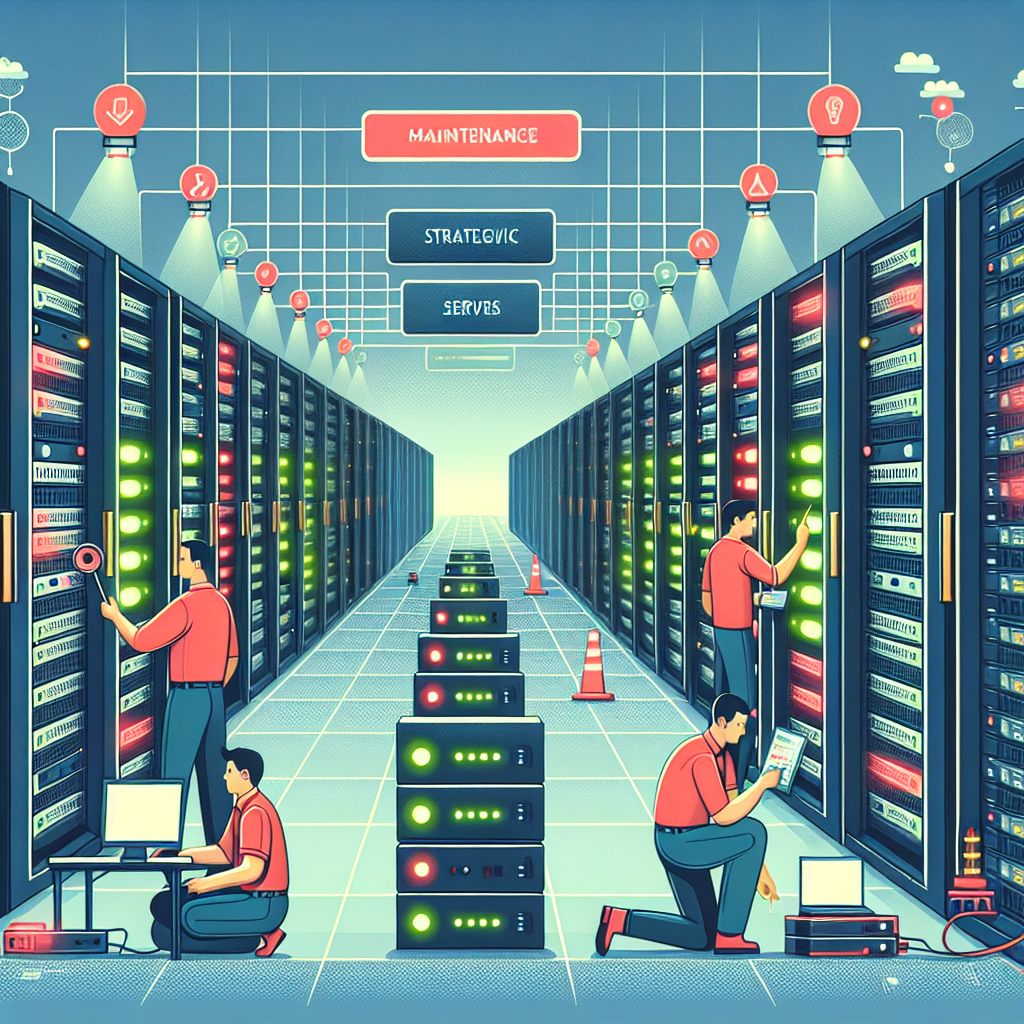In today’s fast-paced digital world, data centers play a critical role in ensuring the smooth operation of businesses and organizations. With the increasing reliance on data and technology, it is crucial for data center managers to implement the best practices for maintaining their facilities. One key aspect of data center maintenance is implementing a reactive maintenance strategy.
Reactive maintenance involves addressing equipment failures and issues as they occur, rather than proactively preventing them. While proactive maintenance strategies such as preventive maintenance can help minimize downtime and reduce the risk of equipment failure, reactive maintenance is still a necessary component of any maintenance plan.
Here are some best practices for implementing a data center reactive maintenance strategy:
1. Establish clear protocols: It is important to have clear protocols in place for how to respond to equipment failures and issues. This includes defining roles and responsibilities, establishing communication channels, and outlining escalation procedures.
2. Prioritize critical equipment: Not all equipment failures are created equal. It is essential to prioritize critical equipment that is essential for the operation of the data center and focus on resolving issues with these devices first.
3. Maintain spare parts inventory: Having a well-stocked inventory of spare parts can help minimize downtime and ensure quick resolution of equipment failures. It is important to regularly review and update the inventory to ensure that all necessary parts are available when needed.
4. Implement a ticketing system: A ticketing system can help streamline the reactive maintenance process by tracking equipment issues, assigning tasks to team members, and monitoring progress towards resolution.
5. Conduct regular inspections: While reactive maintenance focuses on addressing equipment failures as they occur, conducting regular inspections can help identify potential issues before they escalate into major problems. Regular inspections can also help identify trends and patterns in equipment failures, allowing for proactive measures to be taken.
6. Document maintenance activities: Keeping detailed records of maintenance activities, including equipment failures, repairs, and resolutions, can provide valuable insights into the performance of the data center and help identify areas for improvement.
7. Continuously improve processes: Implementing a reactive maintenance strategy is not a one-time task. It is important to continuously evaluate and improve processes to ensure that the data center is operating at peak efficiency and reliability.
By following these best practices for implementing a data center reactive maintenance strategy, data center managers can ensure that their facilities are well-maintained, downtime is minimized, and potential issues are addressed in a timely manner. Ultimately, a well-executed maintenance strategy is essential for the smooth operation of any data center.


Leave a Reply